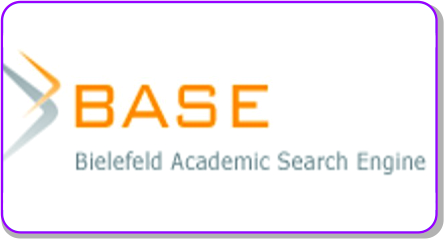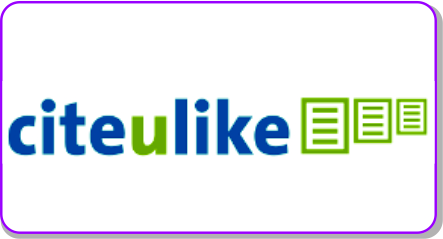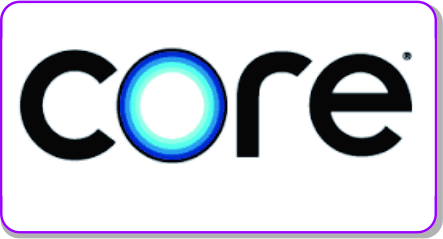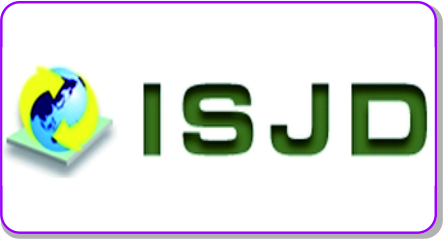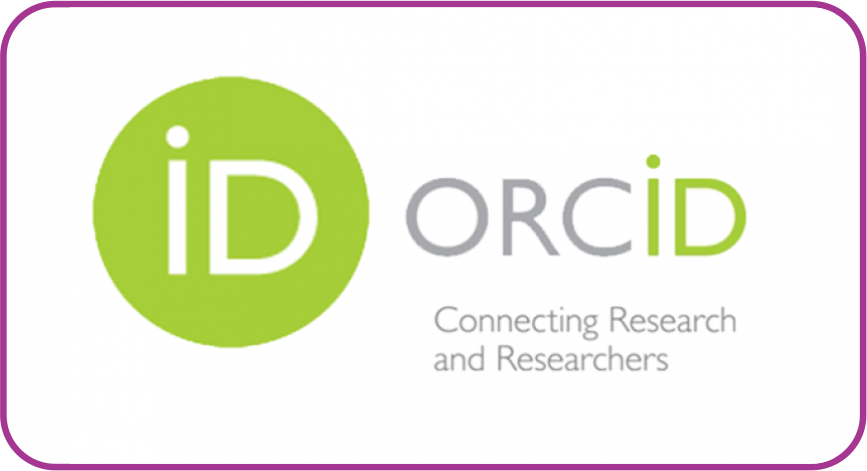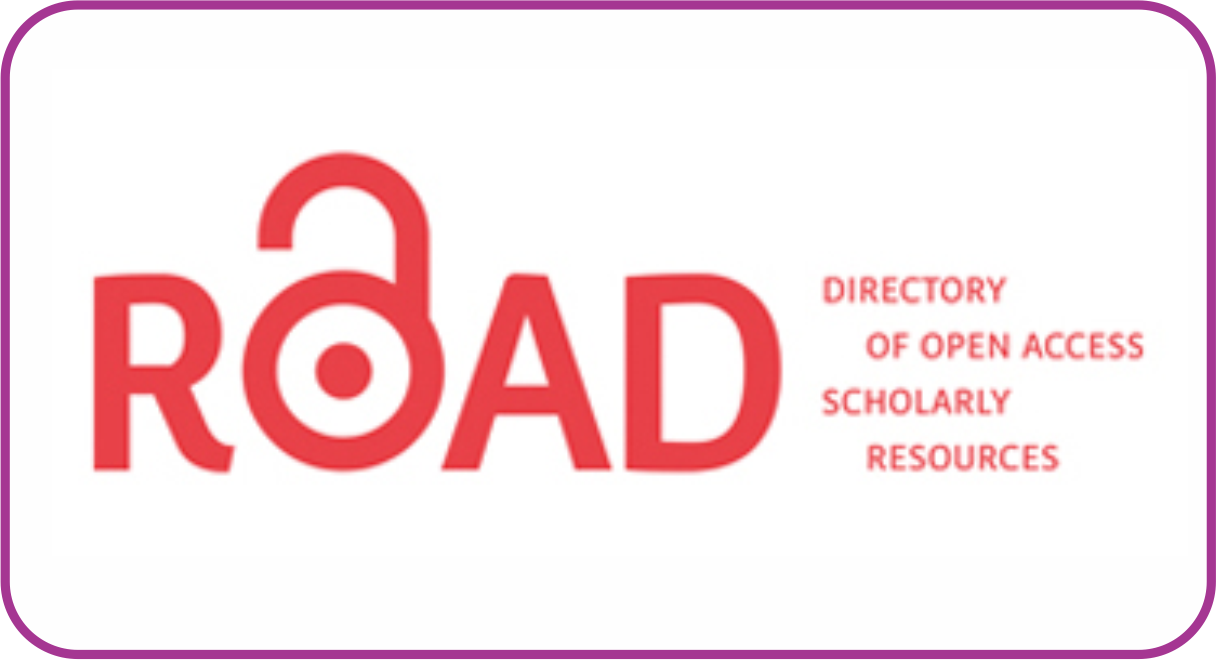Enhancing Brand Awareness in Private Islamic Universities: The Peso Model in Jambi Province
DOI:
https://doi.org/10.30983/educative.v9i1.8502Keywords:
PESO Model, Brand Awareness, Islamic Religious Universities, Marketing StrategyAbstract
In the digital age, higher education institutions need to enhance brand awareness to attract prospective students and other stakeholders. The PESO model (Paid, Earned, Shared, Owned) is a comprehensive approach to building and enhancing an institutions or brand's reputation. Private Islamic higher education institutions in Jambi Province face challenges in increasing brand visibility and recognition amidst intense competition. High brand awareness not only boosts the number of new applicants but also strengthens the institution's position within the educational community and society. This study aims to analyze the impact of the PESO model on increasing brand awareness at private Islamic higher education institutions in Jambi Province. The research method used is qualitative analysis with a case study approach, including in-depth interviews with stakeholders at the university, participant observation, and document analysis. The findings indicate that the Paid and Earned media components have a significant impact on brand awareness, while the Shared and Owned media components contribute less. The results of this study are expected to provide valuable insights for marketing managers and decision-makers in higher education institutions to optimize their marketing strategies.
Di era digital saat ini, perguruan tinggi perlu meningkatkan kesadaran merek untuk menarik calon mahasiswa dan pemangku kepentingan lainnya. Model PESO (Paid, Earned, Shared, Owned) merupakan salah satu pendekatan komprehensif dalam membangun dan meningkatkan reputasi lembaga atau merek. Perguruan tinggi swasta agama Islam di Provinsi Jambi menghadapi tantangan dalam meningkatkan visibilitas dan pengakuan merek di tengah persaingan yang ketat. Kesadaran merek yang tinggi tidak hanya meningkatkan jumlah pendaftar baru tetapi juga memperkuat posisi institusi dalam komunitas pendidikan dan masyarakat. Penelitian ini bertujuan untuk menganalisis pengaruh model PESO dalam meningkatkan kesadaran merek di perguruan tinggi swasta agama Islam di Provinsi Jambi. Metode penelitian yang digunakan adalah analisis kualitatif dengan pendekatan studi kasus, termasuk wawancara mendalam kepada pemangku kepentingan di perguruan tinggi, observasi partisipan dan analisis dokumen. Temuan penelitian menunjukkan bahwa komponen media Paid dan Earned memiliki dampak signifikan terhadap kesadaran merek, sementara media Shared dan Owned memberikan kontribusi yang lebih kecil. Hasil studi ini diharapkan dapat memberikan wawasan berharga bagi manajer pemasaran dan pengambil keputusan di lembaga pendidikan tinggi untuk mengoptimalkan strategi pemasaran mereka.
References
Books
James P. Spradley, Participant Observation. Waveland Press, 2016), p. 60.
P. Kotler & L.K. Keller, Marketing Management. Pearson Education. Fifteenth Edition, 2016).
Regina Luttrell. Social Media: How to Engage, Share, and Connect. (Rowman & Littlefield, 2021), p. 35.
Journals
Bharat Vaishnav, and Sourav Ray. “A Thematic Exploration of the Evolution of Research in Multichannel Marketing.” Journal of Business Research 157 (2023), Pp. 113564.
Britta Gammelgaard. “The Qualitative Case Study.” The International Journal of Logistics Management 28.4 (2017), Pp. 910-913.
Charmaine Du Plessis. “The Role of Content Marketing in Social Media Content Communities.” South African Journal of Information Management 19, No. 1 (2017), Pp. 1-7.
Ciro Troise and Mark Anthony Camilleri. “The Use of Digital Media for Marketing, CSR Communication and Stakeholder Engagement.” In Strategic Corporate Communication in the Digital Age, Pp. 161-174. Emerald Publishing Limited, 2021.
Costas Assimakopoulos, Ioannis Antoniadis, Oliver G. Kayas, and Dragana Dvizac. “Effective Social Media Marketing Strategy: Facebook as an Opportunity for Universities.” International Journal of Retail & Distribution Management 45, No. 5 (2017), Pp. 532-5
Daniela Langaro, Paulo Rita, and Maria de Fátima Salgueiro. “Do Social Networking Sites Contribute for Building Brands? Evaluating the Impact of Users Participation on Brand Awareness and Brand Attitude." Journal of Marketing Communications 24, No. 2 (20”
Davood Ghorbanzadeh, and Mohsen Sharbatiyan. “The Role of Website Features in Creating Value Co-Creation Behaviors and Enhancing the Brand Image and Reputation of Higher Education Institutions.” Interactive Technology and Smart Education 21, No. 1 (2024),
Eran Ketter. “Its All about You: Destination Marketing Campaigns in the Experience Economy Era.” Tourism Review 73, No. 3 (2018), Pp. 331-343.
Gareth Terry, Nikki Hayfield, Victoria Clarke, and Virginia Braun. “Thematic Analysis.” The SAGE Handbook of Qualitative Research in Psychology 2, No. 17-37 (2017), p. 25.
Gian M. Fulgoni, “How Brands Using Social Media Ignite Marketing and Drive Growth: Measurement of Paid Social Media Appears Solid but Are the Metrics for Organic Social Overstated?.” Journal of Advertising Research 55, No. 3 (2015), Pp. 232-236.
Gillian Moran, Laurent Muzellec and Devon Johnson. “Message Content Features and Social Media Engagement: Evidence from the Media Industry.” Journal of Product & Brand Management 29, No. 5 (2020), Pp. 533-534.
Ginger Killian, and Kristy McManus. “A Marketing Communications Approach for the Digital Era: Managerial Guidelines for Social Media Integration.” Business Horizons 58, No. 5 (2015): 539-549.
Grace Davie, and David Wyatt. “Document Analysis.” In The Routledge Handbook of Research Methods in the Study of Religion, Routledge, (2021), Pp. 245-255.
Hamed Taherdoost. “Data Collection Methods and Tools for Research; a Step-by-Step Guide to Choose Data Collection Technique for Academic and Business Research Projects.” International Journal of Academic Research in Management (IJARM) 10, No. 1 (2021).
Ireta Sanchez, Juan Martin. “Attributes of Scaling up SMEs in the IT Sector towards Sustaining High-Performance Business Results.” Journal of Entrepreneurship in Emerging Economies 15, No. 5 (2023), Pp. 910-944.
Jim Macnamara, May Lwin, Ana Adi, and Ansgar Zerfass. “PESOMedia Strategy Shifts to SOEP: Opportunities and Ethical Dilemmas.” Public Relations Review 42, No. 3 (2016), Pp. 377-385.
Kevin Lane Keller. “Unlocking the Power of Integrated Marketing Communications: How Integrated Is Your IMC Program?.” Journal of Advertising 45, No. 3 (2016), Pp. 286-301.
Konstantinos I. Roumeliotis and Nikolaos D. Tselikas. “An Effective SEO Techniques and Technologies Guide-Map.” Journal of Web Engineering 21.5 (2022), Pp. 1603-1649.
Li Xia, Jiuchang Wei, Shuo Gao, and Ben Ma. “Promoting Corporate Sustainability through Sustainable Resource Management: A Hybrid Decision-Making Approach Incorporating Social Media Data.” Environmental Impact Assessment Review 85 (2020), p. 106459.
Madhu Bala, and Deepak Verma. “A Critical Review of Digital Marketing.” M. Bala, D. Verma (2018). A Critical Review of Digital Marketing. International Journal of Management, IT & Engineering 8, No. 10 (2018): 321-339.
Mark Camilleri. “Higher Education Marketing Communications In the Digital Era”. Strategic Marketing of Higher Education in Africa. Routledge, 2020. p. 77-95.
Milcha Handayani Tammubua. “Customer-Based Brand Equity in Indonesias Higher Education Institution.” Journal of Management and Entrepreneurship Research 2.2 (2021), Pp. 105-118.
Nilanjana Bardhan, and Karla Gower. “Student and Faculty/Educator Views on Diversity and Inclusion in Public Relations: The Role of Leaders in Bringing about Change.” Journal of Public Relations Education 6, No. 2 (2020), Pp. 102.
Nousheen Imran, and Maseeha Arjumand. “A Study of the Effectiveness of Social Media Marketing Compared to Traditional Marketing Methods.” RIMS Journal of Management 4, No. 2 (2020), Pp. 1-8.
Quan Xie, Marlene S. Neill, and Erin Schauster. “Paid, Earned, Shared and Owned Media from the Perspective of Advertising and Public Relations Agencies: Comparing China and the United States.” International Journal of Strategic Communication 12, No. 2 (20
Ra Almestarihi, A. Y. A. B. Ahmad, R. Frangieh, I. Abu-AlSondos, K. Nser, and Abdulkrim Ziani. “Measuring the ROI of Paid Advertising Campaigns in Digital Marketing and Its Effect on Business Profitability.” Uncertain Supply Chain Management 12, No. 2 (20
Rutter, et. Al., Social Media Interaction, the University Brand, and Recruitment Performance. Journal of Business Research, 69.8. (2016), 3096–3104.
Susan Slowikowski, et Al. “The Value of the PESO Framework in Strategic Communications for Community Nonprofit Organisations.” Asia Pacific Public Relations Journal 23 (2021), Pp. 1-16.
Tony Haitao Cui, Anindya Ghose, Hanna Halaburda, Raghuram Iyengar, Koen Pauwels, S. Sriram, Catherine Tucker, and Sriraman Venkataraman. “Informational Challenges in Omnichannel Marketing: Remedies and Future Research.” Journal of Marketing 85, No. 1 (202
Yash Chawla, and Grzegorz Chodak. “Social Media Marketing for Businesses: Organic Promotions of Web-Links on Facebook.” Journal of Business Research 135 (2021): 49-65.
Yusuf Bilgin. “The Effect of Social Media Marketing Activities on Brand Awareness, Brand Image and Brand Loyalty.” Business & Management Studies: An International Journal 6, No. 1 (2018), Pp. 128-148.
Interview and Observation
Interview and observation sources at 3 Islamic Higher Education Institutions in Jambi, June 20-27, 2024.
Downloads
Submitted
Published
Issue
Section
License
Copyright (c) 2024 Rinda Trisnawati, Kompri, Dedi Isnanto, Ria Wenny Asriani

This work is licensed under a Creative Commons Attribution-ShareAlike 4.0 International License.
Authors who publish with this journal agree to the following terms:
1. Authors retain copyright and grant the journal right of first publication with the work simultaneously licensed under a Creative Commons Attribution License that allows others to share the work with an acknowledgment of the work's authorship and initial publication in this journal.
2. Authors are able to enter into separate, additional contractual arrangements for the non-exclusive distribution of the journal's published version of the work (e.g., post it to an institutional repository or publish it in a book), with an acknowledgment of its initial publication in this journal.
3. Authors are permitted and encouraged to post their work online (e.g., in institutional repositories or on their website) prior to and during the submission process, as it can lead to productive exchanges, as well as earlier and greater citation of published work (See The Effect of Open Access).




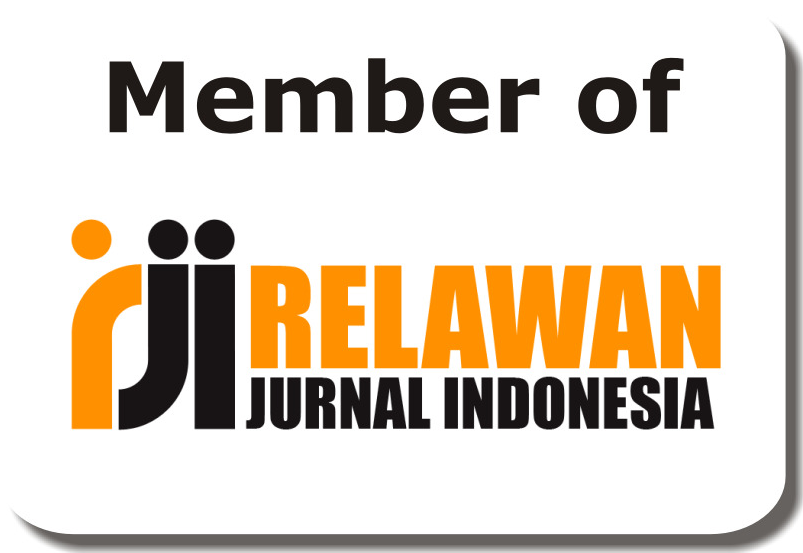
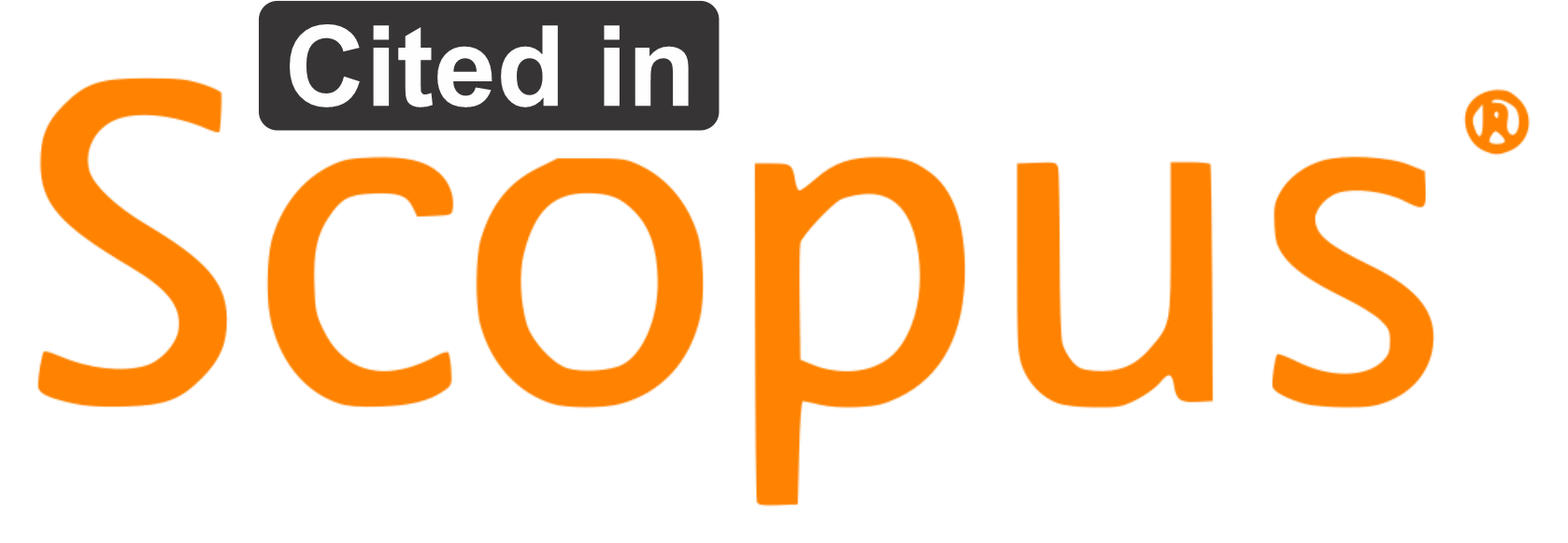
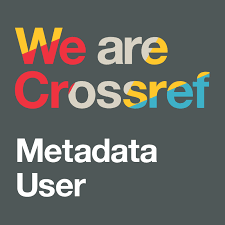
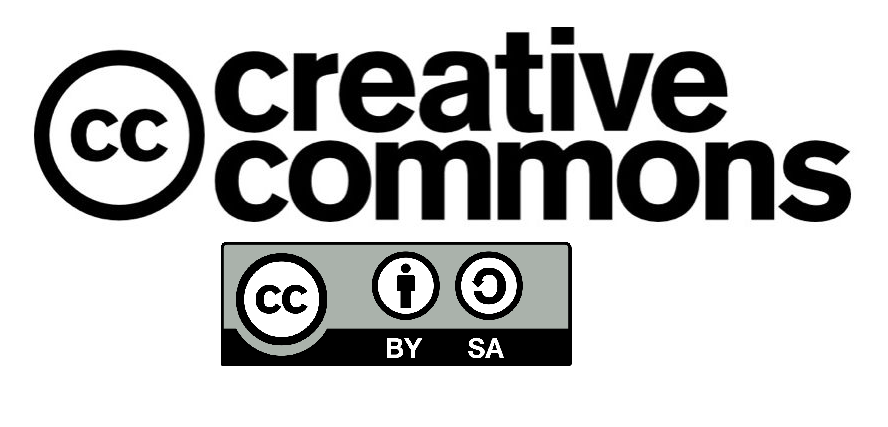
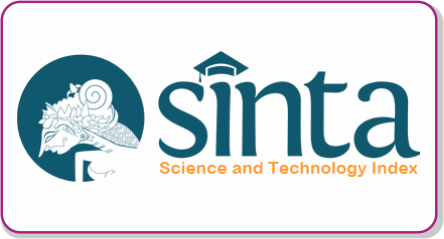

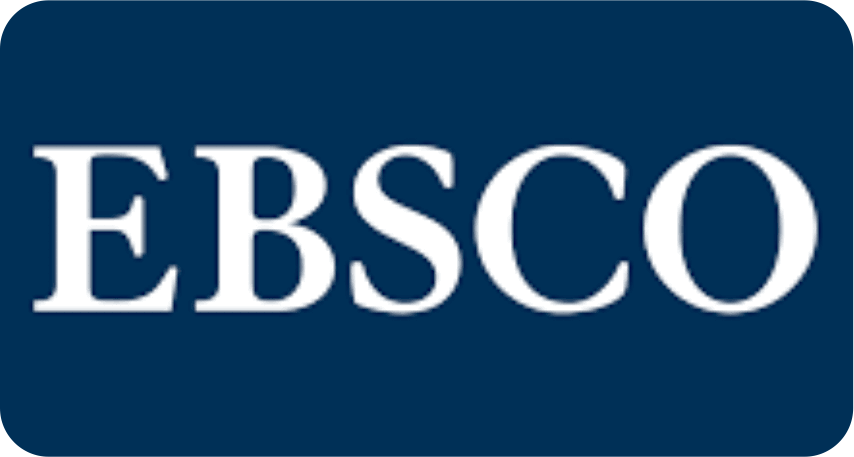
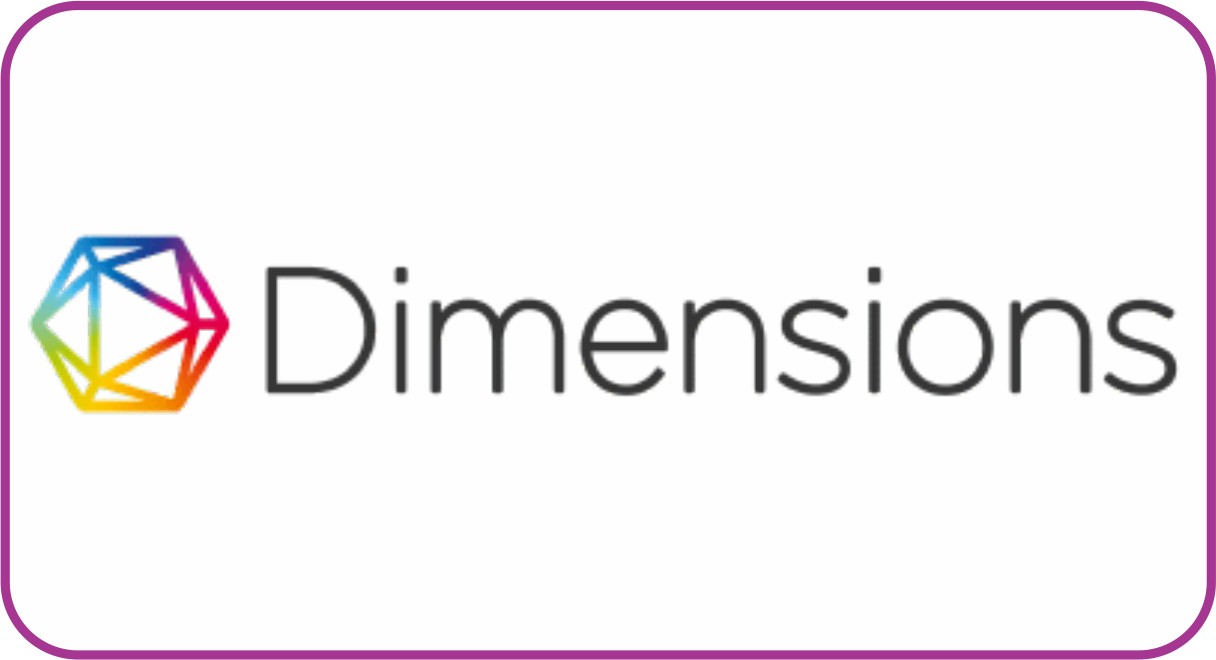

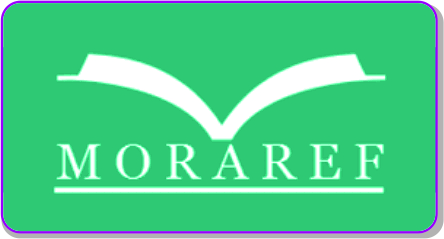
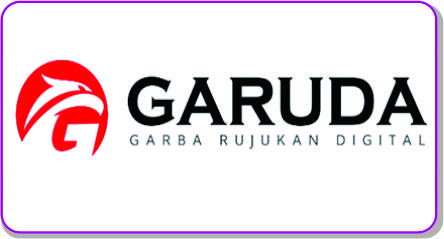
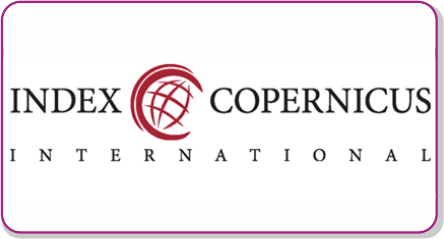

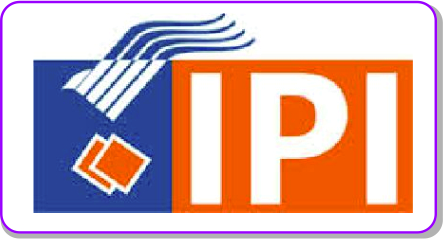 Â
 
